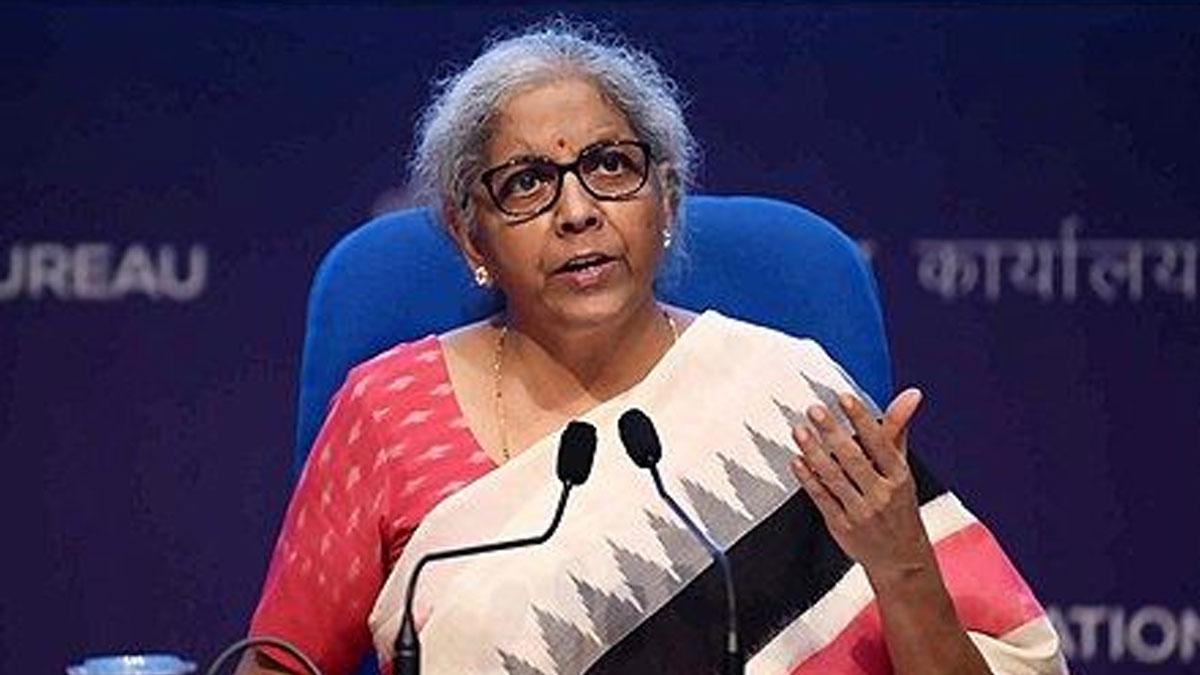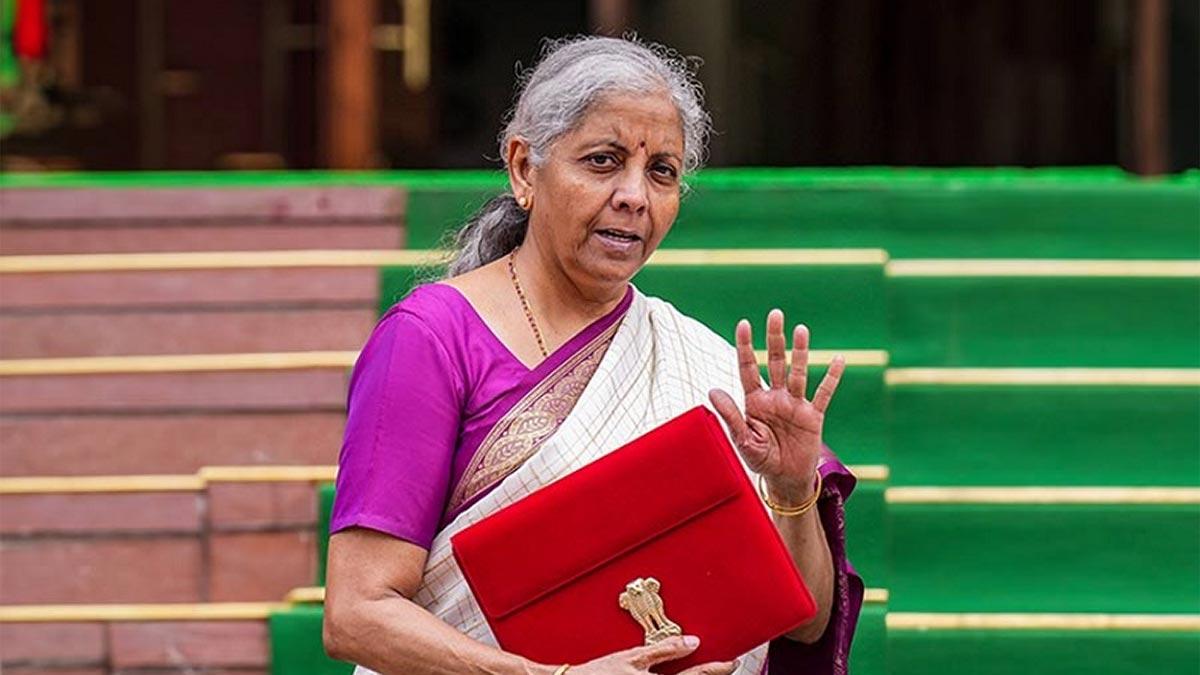The Indian economy concluded the fiscal year 2023-24 on a resilient note despite encountering significant external challenges. Early insights from a Finance Ministry report unveiled on Friday project a sustained growth trajectory into the April-June quarter of 2024-25.
Highlighting the encouraging trends across pivotal high-frequency growth indicators such as GST collections, e-way bills, electronic toll collections, vehicle sales, purchasing managers’ indices, and digital transactions, the Finance Ministry emphasized the burgeoning vitality of the economy. The industrial as well as service sectors continue to perform well, supported by strong domestic demand and a cautiously optimistic external demand scenario. This uptick may augur well for Indian manufacturing units, considering the strategic "China Plus One" approach.
“The emerging robust trends in key high-frequency indicators of growth like GST collections, e-way bills, electronic toll collections, sale of vehicles, purchasing managers’ indices, and the value and number of digital transactions attest to the growing strength of the economy,” the Finance Ministry said in its monthly economic review for April.
The EXIM Bank of India anticipates a double-digit surge in merchandise exports during the first quarter of FY25, underlining the favorable outlook for domestic manufacturing. Improved economic activity and consumer sentiment in Europe, alongside a stable US economy, are expected to fuel stronger export orders, as evidenced by the uptick in India’s exports in April.
The report is hopeful that the Indian economy is well-poised to overcome geopolitical tensions and volatility in global commodity prices, particularly in petroleum products, as formidable challenges, based on the strength of its robust macro-economic buffers.
Increased credit flow to the transport and real estate segments, ongoing recovery in the hospitality and tourism sector, policy push, and sizeable investments in physical and digital infrastructure and logistics are some of the favorable factors that will strengthen the services sector.
However, the April 2024 export data for merchandise are pretty robust and are indicating that services will continue its good momentum of trade in FY25. But the signals are again good on the inflation front, with reports coming in of a good rabi wheat harvest and normal predictions for the Southwest Monsoon. These will lead to higher food production, which is likely to ease price pressures in 2024-25.
A large section of economists in the country expects the trends to continue. The Reserve Bank of India, in the latest Monetary Policy Committee meeting, has projected 4.9 percent retail inflation for the first quarter of FY25 and expressed confidence in keeping inflationary pressures under check. Open market sales, stock monitoring, and trade policies have been adopted by the government to curb essential food prices from becoming inflationary.
“The positive indications in the farm sector should help India firewall against any adverse pressures that may arise from geopolitical tensions and global commodity prices. Likewise, the strong macro-economic buffers of India should help the real sectors of the economy navigate the external headwinds smoothly and continue the growth momentum of the previous year,” the report asserted. Moreover, India's robust macro-economic fundamentals are anticipated to navigate the real sectors of the economy through external headwinds seamlessly, sustaining the growth momentum witnessed in the preceding year


















